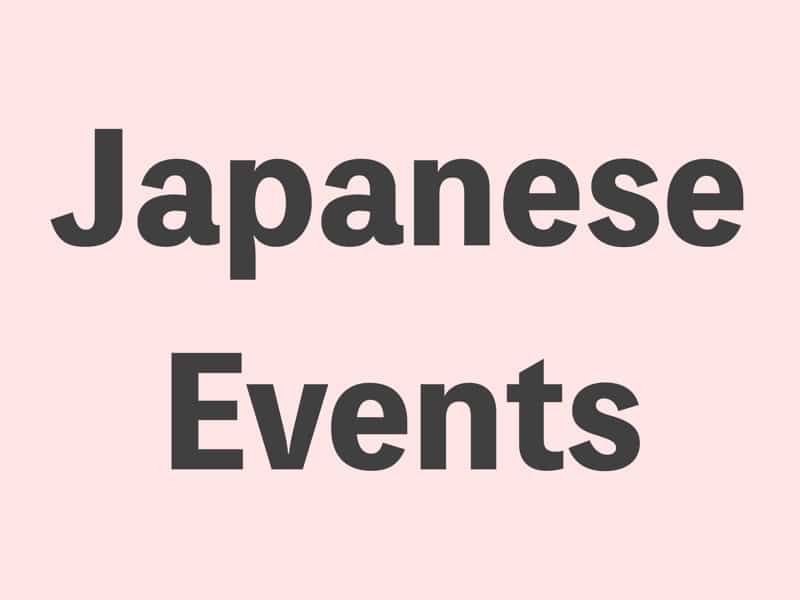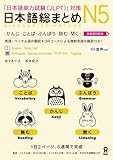Japan is a land of enchanting traditions and modern celebrations, where every season is marked by unique events that bring people together. From the graceful Hinamatsuri (Doll Festival) in spring to the love-filled exchanges on Valentine’s Day, and the festive cheer of Christmas, Japan’s special events offer something for everyone. Dive into this guide to uncover the customs, stories, and ways these celebrations infuse joy and warmth into Japanese life all year round.
January
お正月 – New Year’s Holiday [January 1st – January 5th]
This is a celebration of the arrival of the new year. Generally, the holiday period is considered to last from January 1st to either the 3rd or the 5th. It’s a time when many people set their goals for the year, following the saying “New Year’s Day is the key to the year.” Viewing New Year’s greeting cards from friends and relatives is one of the pleasures of the season. For children, receiving otoshidama (New Year’s money) makes this period especially exciting. For those in business, New Year sales campaigns are crucial.
成人の日 – Coming-of-Age Day [Second Monday of January]
This day celebrates young people reaching adulthood, which in Japan means turning 20. It’s a national holiday in Japan, and those who are 20 years old typically go to city hall for a ceremony. Additionally, reunions with friends from junior high school often take place on this day.
February
節分 – Setsubun [February 3rd]
The day before the start of spring is celebrated by throwing beans while chanting “Out with the demons! In with fortune!(鬼は外福は内)” and eating the same number of beans as one’s age to ward off evil spirits. Originally a Heian period court ritual, it later became a common practice. Recently, the custom of eating ehomaki sushi rolls (恵方巻き) has gained popularity.
バレンタインデー – Valentine’s Day [February 14th]
Although it originated from Saint Valentine, in Japan, this day has become a commercial success, with women typically giving chocolates to men. Men are expected to reciprocate on White Day (March 14th) with gifts of greater value.
In Japan, Valentine’s Day has evolved into a unique celebration with its own customs and terminology. Two key concepts associated with this day are 友チョコ (tomo choko) and 義理チョコ (giri choko).
- 友チョコ (tomo choko): This term refers to “friend chocolates.” Women give these chocolates to their female friends as a gesture of friendship and appreciation, rather than romantic interest. It’s a way to celebrate camaraderie and strengthen bonds among friends.
- 義理チョコ (giri choko): Translated as “obligation chocolates,” this type of chocolate is given to male colleagues, friends, or acquaintances out of a sense of duty or obligation rather than romantic feelings. For example, a woman might give giri choko to her male coworkers to maintain good workplace relationships, especially since Valentine’s Day can create social expectations for gift-giving.
March
ひな祭り – Hinamatsuri [March 3rd]
Hinamatsuri, or Doll Festival, is held on March 3rd to pray for the health and happiness of young girls. Families often display a set of dolls representing the Emperor and Empress, their court, and musicians. There is also a traditional song associated with this event.
卒業式 – Graduation Ceremonies [Mid to late March]
March is the season for graduation ceremonies at schools and universities, marking a sentimental time of farewells and new beginnings.
April
エープリールフール – April Fool’s Day [April 1st]
April Fool’s Day is celebrated in Japan as well. On April 1st, people often play pranks and jokes on each other, much like in many other countries.
入学式 – Entrance Ceremonies [Early April]
These ceremonies, typically held at the beginning of April, mark the start of a new school year for students. This period is also significant for new employees joining companies.
花見 – Cherry Blossom Viewing
Hanami (花見), which translates to “flower viewing,” is a traditional Japanese custom of enjoying the beauty of cherry blossoms (sakura) in spring. This practice usually takes place from late March to early April when the cherry trees are in full bloom.
May
ゴールデンウィーク – Golden Week
This term refers to the string of national holidays from Constitution Memorial Day (May 3rd) to Children’s Day (May 5th). Many people take this opportunity for long vacations, sometimes lasting up to a week.
こどもの日 – Children’s Day [May 5th]
Originally celebrating the health and happiness of boys, this day now honors all children. Traditional decorations include koinobori (carp streamers) and samurai helmets.
母の日 – Mother’s Day [Second Sunday of May]
A day to express gratitude to mothers, often with gifts such as carnations or other presents.
June
梅雨 – Rainy Season [Mid-June to early July]
Known as tsuyu (梅雨), this period is characterized by persistent rain, akin to a monsoon season.
Father’s Day [Third Sunday of June]
Like Mother’s Day, this is a day to appreciate fathers for their contributions to the family.
July
Tanabata [July 7th]
Originating from Chinese folklore, Tanabata involves writing wishes on strips of paper and hanging them on bamboo. It commemorates the once-a-year meeting of the deities Orihime and Hikoboshi.
August
夏祭り – Summer Festivals
Summer festival is a vibrant and lively celebration held throughout Japan during the summer months, particularly in July and August. These festivals often feature a mix of traditional and modern elements, showcasing the rich cultural heritage of the region.
Festival grounds are filled with food stalls offering a variety of delicious street food, such as yakitori, yakisoba and cotton candy. This creates a festive atmosphere as people enjoy traditional snacks.
花火 – Fireworks
Summer festivals often end with stunning fireworks that light up the night sky in a burst of color. These lively displays draw big crowds and are a favorite part of the season.
September
お月見 – Moon Viewing [Around the full moon on September 30th]
Otsukimi is a tradition where people enjoy the full moon, often with rice dumplings, and offer prayers. Common motifs include rabbits, the moon, and pampas grass.
October
スポーツの日 – Sports Day [Second Monday of October]
Originally set to commemorate the Tokyo Olympics, this day promotes sports and health. Many schools hold sports festivals around this time.
紅葉 – Autumn Leaves Viewing
From October to November, people enjoy the vibrant autumn foliage.
ハロウィン – Halloween [October 31st]
Originating from ancient Celtic harvest festivals, Halloween has become a popular celebration in Japan, especially among the younger crowd. Many people enjoy dressing up in costumes, ranging from spooky to cute, and participating in various festivities. During this time, Universal Studios Japan (USJ) and Tokyo Disneyland host special events that attract many visitors.
November
七五三 – Shichi-Go-San [Around November 15th]
This traditional rite of passage celebrates the growth of children aged 3, 5, and 7. Families visit shrines to express gratitude and pray for continued health.
December
クリスマス – Christmas
Although Christmas is a Christian holiday, it is widely celebrated in Japan with festive decorations, illuminations, and special dinners. It’s a time of joy and giving. While children celebrate with their families, many people also celebrate with their partners and friends.
大晦日 – New Year’s Eve
On December 31st, people typically watch TV and eat 年越しそば – toshikoshi soba (buckwheat noodles) to welcome the new year. This tradition symbolizes a wish for longevity and a smooth transition into the new year. Families often gather to enjoy this meal together, reflecting on the past year while looking forward to new beginnings.





コメント